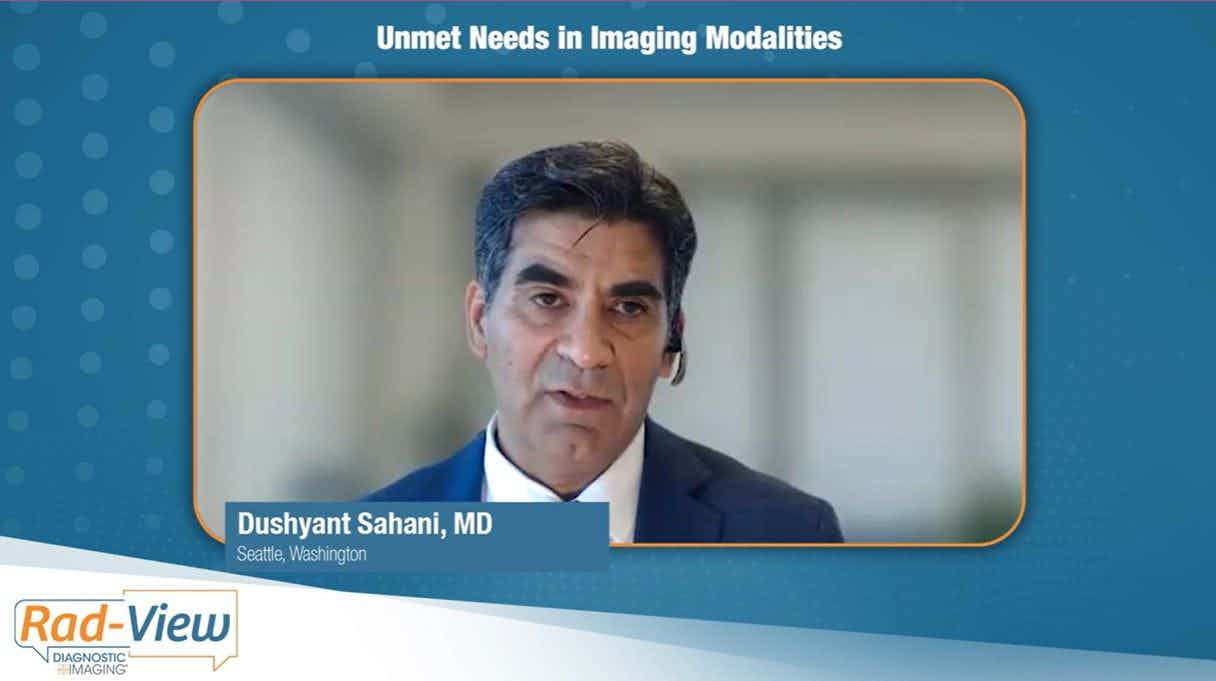The Reading Room: Signature Signs of EVALI on CT
Michael Gotway, M.D., cardiopulmonary radiologist with the Mayo Clinic, discusses the signature signs of EVALI on CT scans in this podcast.
Lung injuries caused by vaping leave signature marks on CT scans, a follow-up study has revealed, arming radiologists with the details needed to potentially make more accurate diagnoses and help patients avoid unnecessary biopsies.
In a recently published study in Radiology: Cardiothoracic Imaging, a team led by Michael Gotway, M.D., a radiologist at the Mayo Clinic in Arizona, laid out their findings that show these lung injuries – called EVALI (electronic cigarette or vaping product use-associated lung injury) – produce patterns on chest CT scans that correlate with previously observed pathological findings.
The first reports of EVALI surfaced last year from the Centers for Disease Control & Prevention. Within the first six months after this report, almost 3,000 EVALI-related hospitalization were recorded, as well as 68 confirmed deaths. Almost all patients present with complaints of shortness-of-breath, chest pain, and constitutional symptoms that can resemble viral illness. The non-specific nature of these symptoms can make an accurate diagnosis difficult.
Related Content: Chest Imaging Reveals Traits of Vaping-Related Lung Injuries in Teens
Based on their findings, he said, 96 percent of patients exhibited multi-focal or diffuse ground-glass opacities and consolidation that involves most or all lobes bilaterally and could involve mild interlobular septal thickening and subpleural sparing. As the illness evolves, imaging findings can suggest mild architectural distortion, intralobular lines, lobular distortion, and traction bronchiectasis.
These findings can be particularly helpful, he said, when providers are imaging younger patients with chest pain and shortness-of-breath. In those cases, a diagnosis of EVALI should be strongly considered.
Even though patients may be reticent to admit they are vaping, he said, if a radiologist recognizes one of these patterns on CT, he or she can advise the clinician, potentially leading to a nicotine metabolite test and further questions about exposure. Employing that approach could help patients avoid the invasiveness, time, expense, and risk associated with unnecessary biopsies.
“These radiological findings will be especially beneficial to physicians to help them determine potentially less invasive treatment options,” Gotway said. “We could potentially make that diagnosis non-invasively through cooperation with our clinical colleagues. By alerting them to a scan pattern that is suggestive of the possibility of EVALI, we may actually save patients from having to meet a surgeon.”
Study with CT Data Suggests Women with PE Have More Than Triple the One-Year Mortality Rate than Men
April 3rd 2025After a multivariable assessment including age and comorbidities, women with pulmonary embolism (PE) had a 48 percent higher risk of one-year mortality than men with PE, according to a new study involving over 33,000 patients.
The Reading Room Podcast: Current Perspectives on the Updated Appropriate Use Criteria for Brain PET
March 18th 2025In a new podcast, Satoshi Minoshima, M.D., Ph.D., and James Williams, Ph.D., share their insights on the recently updated appropriate use criteria for amyloid PET and tau PET in patients with mild cognitive impairment.
Predicting Diabetes on CT Scans: What New Research Reveals with Pancreatic Imaging Biomarkers
March 25th 2025Attenuation-based biomarkers on computed tomography (CT) scans demonstrated a 93 percent interclass correlation coefficient (ICC) agreement across three pancreatic segmentation algorithms for predicting diabetes, according to a study involving over 9,700 patients.
Can Photon-Counting CT be an Alternative to MRI for Assessing Liver Fat Fraction?
March 21st 2025Photon-counting CT fat fraction evaluation offered a maximum sensitivity of 81 percent for detecting steatosis and had a 91 percent ICC agreement with MRI proton density fat fraction assessment, according to new prospective research.










